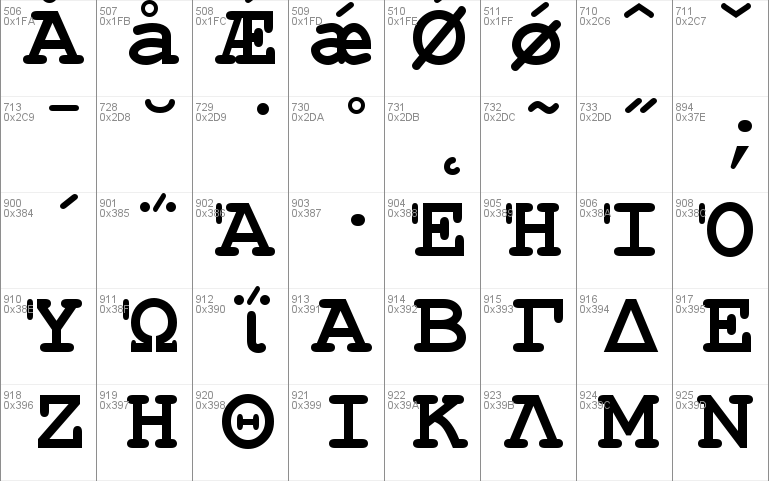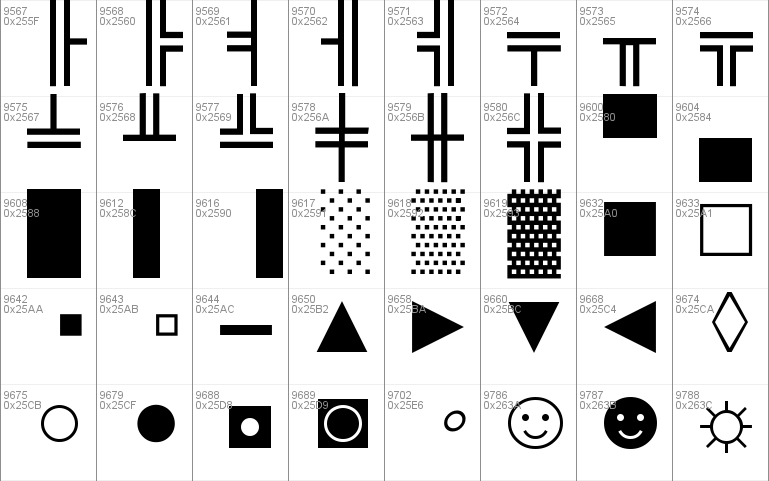
Character or object action : Show the reader what characters do with strong, precise, active verbs.

Briefly describe the look, feel, weather, and qualities of a setting so readers can clearly see where the story takes place.
Scene description: Though an interchangeable term, scene description also refers to setting the scene. Upon first reference, write a character’s name in all caps. Character description: When we first meet a character, you should briefly describe their qualities so readers can visualize what they look like, how they walk, and other physical - or even personality - traits. Action LinesĪlso referred to as scene descriptions, action lines are used to show readers what’s going on in a scene. Subheaders are like small slug lines that are more casual and explain when the scene occurs in another place or time (ex: Later, or Library). The most commonly used times of day include DAY, NIGHT, EVENING, and the occasional LATER, which may be used to indicate that not much time has passed. Time of day: Include the time of day to help readers track the timeline of the story as well as better set the scene. Specific location: This is exactly where the scene takes place and where the camera is located in reference to the characters, which can help readers better visualize where they are as the audience when viewing the scene. This element helps establish the scene’s surroundings. General location: Decide whether the scene takes place inside or outside of the specific location. It should be written in all caps and use periods and hyphens to properly segment each part, which are: Scene HeadingĪlso known as a “slug line,” the scene heading briefly describes where each scene takes place. Once your story introduces a visual, that’s when you can use “FADE IN:” to officially begin. If your story starts with a voice-over or a sound effect before the audience sees any visuals, you can begin the script with OVER BLACK, then write the character’s voice-over as CHARACTER NAME (V.O.) and the line or just write the sound effect in the action line. The phrase should be in all caps and end in a colon to indicate continuation as the story begins to unfold, as such - FADE IN: This transition phrase should only be used once at the very beginning of your script, right before the first scene heading or scene description paragraph. It’s when the figurative “curtain” lifts and the story begins. This is the starting point of every script. 
Here are the elements you should use to organize the content of your visual story: Fade In These elements help anyone who reads the screenplay to understand who’s talking or doing what when, where, and how. Elements of Screenplay FormatĮvery script, no matter the writing or story genre, includes the same organizational parts. If you are looking for individual screenplay examples, here are 70+ screenplay examples from various movies.
The first page to have a number is the second page of the screenplay (the third sheet of paper including the title page), which is numbered 2. The title page is not numbered and does not count as page one. Dialogue 2.5 inches from the left side of the page (1.5 inches from margin). Transitions are capitalized (sometimes important props, sounds, and camera movements). Dialogue speaker names (in all caps) 3.7 inches from the left side of the page (2.2 from the margin). Actor parenthetical (wrylies) 3.1 inches from the left side of the page (1.6 from the margin). This excludes the page number and spaces after it Around 55 lines per page regardless of paper size. 
1-inch right margin (between 0.5 inches and 1.25 inches), ragged.

Screenplay format refers to the content elements and on-page style of a script using a standard format by the film, television, and commercial industries.








 0 kommentar(er)
0 kommentar(er)
